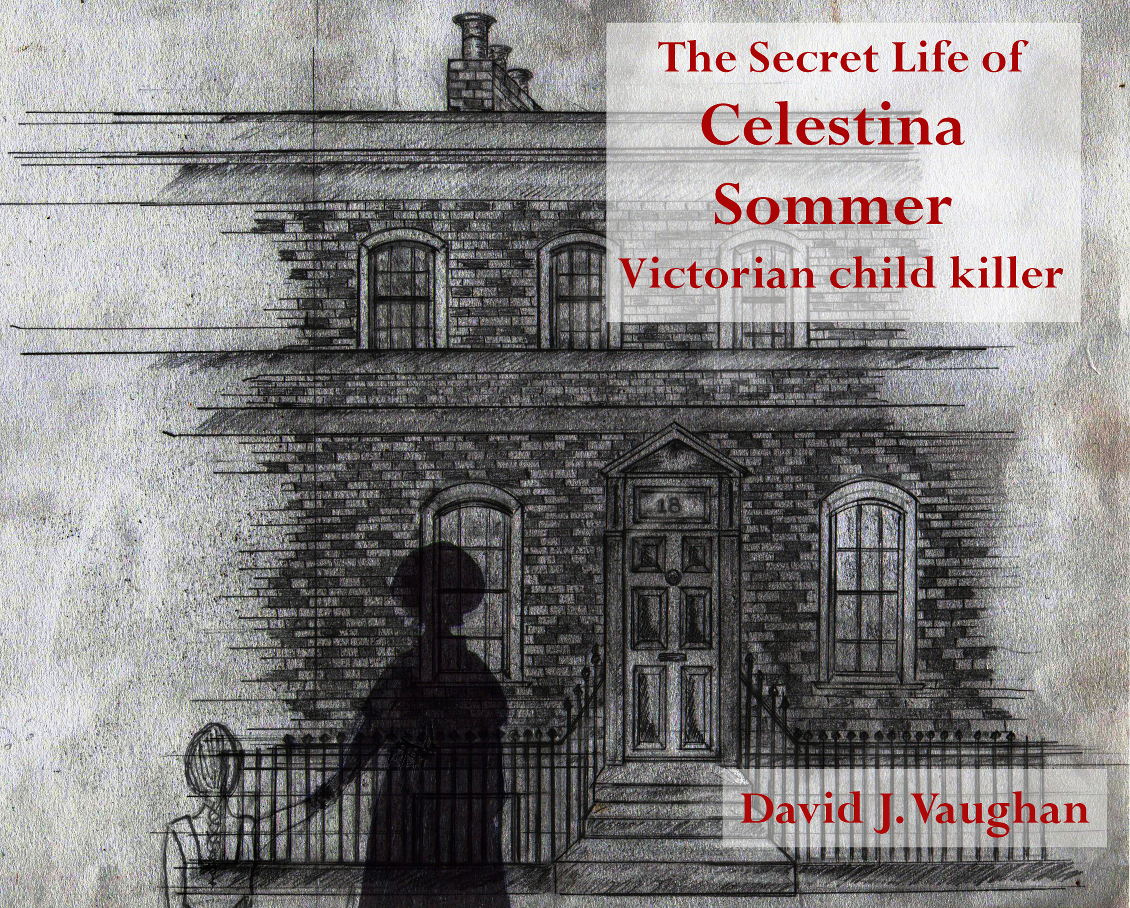The American Film Institute’s list of the ‘100 greatest heroes and villains’ reflects key trends in American cinematic storytelling and the enduring power of specific character archetypes. In effect, the history of bad guys, villains, and enemies is a fascinating story of cinema and society itself. Cinematic antagonists have evolved from simple one-dimensional figures to complex characters demonstrating a psychological understanding of the audience. From the master criminal Fantomas to the highly-sophisticated cannibalistic serial killer, Hannibal Lecter, we continue to be fascinated by these great villains.
Jennifer Dawson explains.
The Silent Era to Mid-Century
In early cinema, villains were often set apart from the hero with a clear role of creating conflict and testing the protagonists. They were primarily motivated by greed, lust for power, or simple malice. Visual cues focused on their physical appearance to project villainy. As such, the bad guys might have facial scars, stern expressions, or portray albinism. For example, the moustache-twirling villain is traced back to Victorian melodrama and early silent films. Exaggerated gestures and facial hair helped convey the character’s wickedness. Barney Oldfield’s Race for Life released in 1913 is widely cited by film historians as the movie that popularized the iconic image of the melodramatic villain. The villain played by Ford Sterling wears a huge, black mustache and is shown gleefully engaging in devious acts often literally twirling his mustache while plotting.
Another key archetype is the Master Criminal - these are intellectual but purely evil characters. Think of Fantomas and Dr. Mabuse, two of the earliest and most terrifying master criminal archetypes in 20th century popular culture. Essentially, these characters created the model for the modern super villain and criminal mastermind. Fantomas is a character from French crime fiction, a criminal genius whose face and true identity remain unknown. Described as a phantom, he often wears the identity of a person he has murdered. On the other hand, Dr. Mabuse is a character from German fiction. Brilliant and educated, he used his knowledge to destroy society. Other important early archetypes are the Classic Monster with figures like Count Dracula and Frankenstein’s Monster creating fears of the unknown, the supernatural, and the unchecked science.
1930s to 1960s
During this period, villains started embodying greater social and political anxieties. One such example was Mr. Potter in It’s a Wonderful Life, representing the danger of unhindered corporate or economic power. The femme fatale concept also began with women like Phyllis Dietrichson in Double Indemnity using their allure and beauty to manipulate the male hero to his downfall.
Foreign villains in spy thrillers started to feature prominently in early James Bond films like Auric Goldfinger. Later on, psycho villain characters were introduced bringing in more complex, psychologically disturbed individuals who just looked like ordinary guys. Hitchcock’s Psycho, starring Anthony Perkins as Norman Bates, the shy and seemingly normal proprietor of Bates Hotel, explores identity, madness, and the psychological impact of his past.
The Modern Era
Flash forward to the 1970s and beyond, and the audience sees a great shift towards three-dimensional villains with complex histories and sinister motivations. A prime example is Darth Vader, a figure of pure evil who is transformed into a tragic corrupt figure. Hollywood films also frequently use hacking scenes to establish a sense of modern dangerportraying villains as technologically brilliant and highly dangerous individuals. Live Free or Die Hard (2007) dramatically shows a systematic multi-stage cyberattack that takes down America’s transportation, financial, and utility infrastructure.
During the late 70s and 80s, the audience was shown what were basically unstoppable villains. More often than not, they had no clear motive and were pure relentless evil. Michael Myers (Halloween series) and Jason Voorhees (Friday the 13th series) are two of the most recognized and feared protagonists of the horror movie genre. The 1975 film, Jaws, also featured a non-human antagonist in the shape of a great white shark. Films such as The Joker (2019) showcased the rise of characters inspired by chaos or extreme ideologies. Likewise, films now tackle conflict within a corrupted system, institution, or society such as Agent Smith in The Matrix (1999). Psychological thrillers also continued to represent a modern fascination with and fear of the human psyche, mental illness, and deviance. Hannibal Lecter in the Silence of the Lambs (1991) is such an iconic villain because of the extreme contrast between his high culture and barbaric depravity.
The enduring popularity of the film villain suggests that the capacity for evil is not a supernatural force, but a human one. As society grew more complex, so did the vilification of the bad guys evolving from monsters and spies to ideological mayhem and psychological breakdown.






